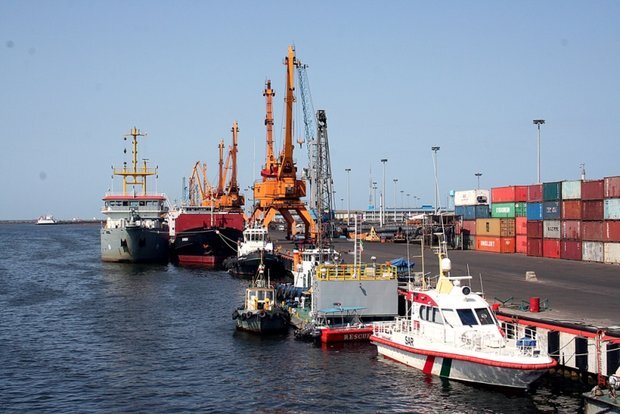Shipment of export container cargos rises 120% in Caspian Sea

TEHRAN – Head of Iran’s Khazar Sea Shipping Lines said that the shipment of export container goods has risen 120 percent in the Caspian Sea in the first seven months of the current Iranian calendar year (March 21-October 22) compared to the previous year.
Kambiz Jahanbani also announced that the transit of goods along the International North-South Transit Corridor (INSTC) has increased by 350 percent in the first seven months of this year from the previous year.
According to Jahanbani, new developments in Iran’s economic relations with Russia and the booming of trade and transit along the International North-South Transit Corridor has been the main reason for the mentioned increase, IRNA reported.
Considering the new developments in Russia and in the region’s cargo transportation routes, the demand for exports to this country is growing, the official said.
Emphasizing that the fleet of Khazar Sea Shipping Lines is operating at 100 percent capacity to handle the shipping demand along the INSTC from the northern ports of the country, Jahanbani noted: “Khazar Sea Shipping Lines is trying to fulfill its role and duty in the field of transporting export goods, especially along the North-South corridor.”
He stated that nearly 38 percent of the country's export cargoes are transported by Khazar Sea Shipping Lines, adding: “This is despite the fact that only 20 percent of the fleet commuting to the northern ports of the country belongs to the Khazar Sea Shipping Lines and the rest belong to foreign companies or the domestic private sector.”
According to Jahanbani, in recent years, with the development of container transportation in the Caspian Sea, over 83 percent of container freight from the northern ports of Iran is shipped to the ports of Russia and Kazakhstan by Khazar Sea Shipping Lines.
The Islamic Republic has been taking serious measures for the development of its ports and shipping infrastructure in order to make the best use of the opportunities that the INSTC project has presented.
Using the capacities of INSTC, Iran will be able not only to expand the volume of trade with Russia and the countries of the region, it can also gain a huge share of the mentioned countries’ annual transit.
Besides linking India to Europe via this corridor, Iran can connect Central Asia to the Indian Ocean and the Persian Gulf. Landlocked countries in Central Asia can use the corridor's railway to access the high seas. Over time, Iran's place in the corridor would become known to all.
INSTC can also join the Chinese Road and Belt project, which seeks to revive the ancient Silk Road. As one of Iran’s major trade partners China has also shifted to Central Asia and the Caspian Sea to transit its goods to Europe after the eruption of the Ukraine crisis and Iran could play a significant role in delivering Chinese goods to their destinations.
The current international conditions have presented Iran with a proper opportunity to play a bold role in the broader implementation of the INSTC and to transform it into a regional trade hub by developing its transit infrastructure.
Given the lower costs and shorter time of trade via this route, Iran can become the main trade link between Asia and Europe and effectively neutralize the U.S. measures aimed to isolate the Islamic Republic from the global economy.
EF/MA

Leave a Comment